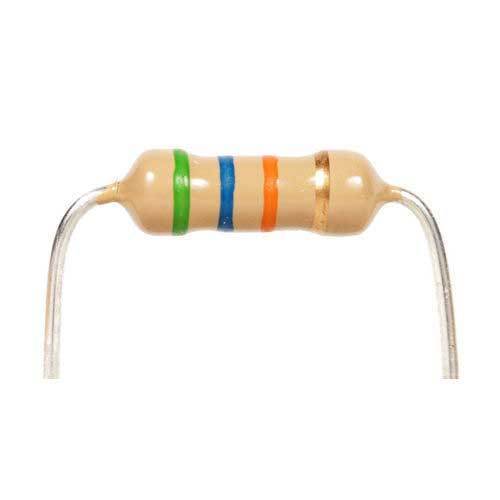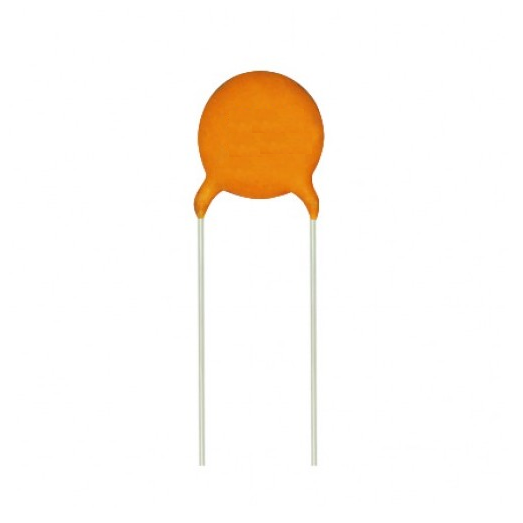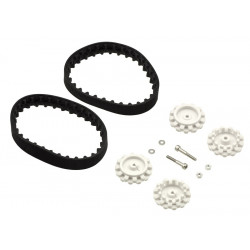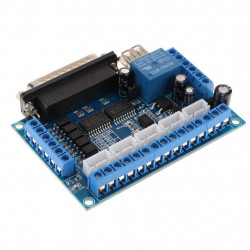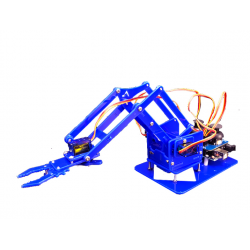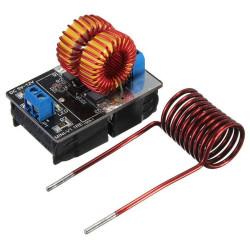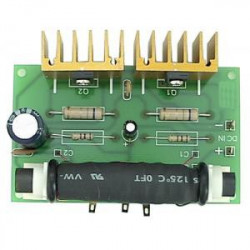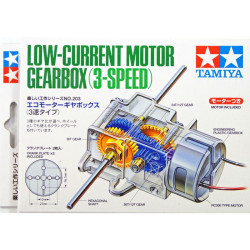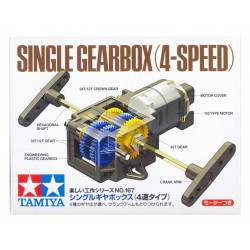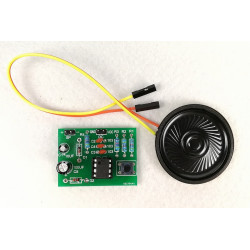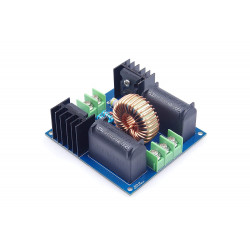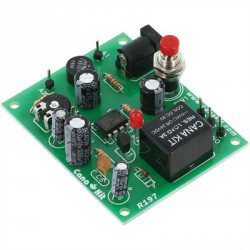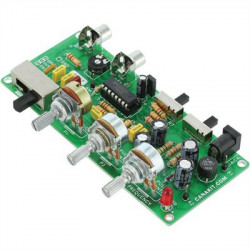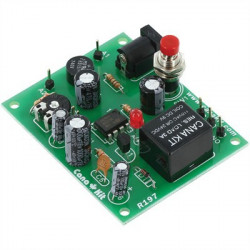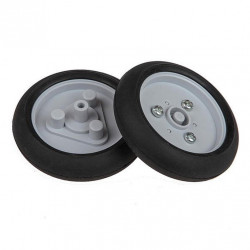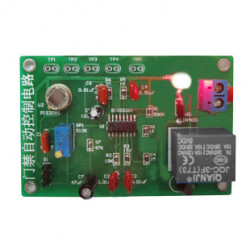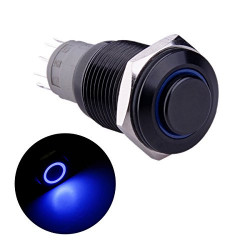Store address and hours
location_on 4131 Fraser St. Vancouver BC Get Directions
phone 604-875-1993 Call us
access_time Hours
| Monday - Friday | 9AM - 5:30PM |
| Saturday - Sunday & Holidays | Closed |
| See Holiday Hours | |

-
 close
close -
CATEGORIES
-
-
-
-
-
-
-
-
-
-
-
-
-
Featured Items
-
-
-
-
-
-
-
More mirco-controllers
-
More Developement Tools
-
-
More Prototyping
-
More Modules
-
-
Featured Items
-
More prototyping Tools
-
-
-
-
-
-
-
-
Featured Item
-
-
-
-
-
-
-
Featured Items
-
-
-
-
-
-
-
-
-
-
Featured Items
-
-
-
-
-
-
-
-
-
-
-
Featured Items
-
-
-
-
-
-
-
-
-
Featured Items
-
-
-
-
-
-
Popular Cleaners
-
-
-
Featured Items
-
-
-
-
-
-
-
Featured Items
-
-
-
-
-
Featured Items
-
-
-
-
Featured Products
-
-
-
-
-
more motor
-
-
more power supplies
-
-
Featured Items
-
-
-
more electrical devices
-
-
-
-
-
-
-
Featured Items
-
-
-
-
-
-
BRANDS
-
- PROJECTS
-
COMMUNITY
-
-
-
FEATURED POSTS
-
-
-
- SALE
DIY, MINI-DSO STC8A8K64S4A12, 10KhZ 100us/dIV, 0.96" OLED
Description
This is a simple oscilloscope made with STC8A8K microcontroller. It only requires a few components and is easy to assemble. Functions can cover simple measurements. This kit aims to build a basic oscilloscope model using the simplest principles and as little hardware as possible. The source code is easy to understand. While using the product, it is also very suitable for interested electronics enthusiasts to study and research.
PRODUCT PARAMETERS
- Product name: MiNi-DSO microcontroller oscilloscope kit
- Product model: TJ-56-646
- PCB size: 57*34mm
- Working voltage: 4-5V
- Microcontroller: STC8A8K6454A12
- Display: 0.96-inch OLED display-7P, 128*64 resolution
- Number of channels: single channel Sec/div: 500ms, 200ms, 100ms, 50ms, 20ms, 10ms, 5ms, 2ms, 1ms, 500us, 200us, 100us (100us is only available in automatic trigger mode)
- Voltage range: 0-30V
- Sampling level: 10kHz @100us/div
- Trigger level: trigger voltage level.
- Trigger slope: 1-rising edge, ↓-falling edge trigger
- Trigger mode: A-automatic mode, N-normal mode, S-single mode.
*Trigger level: For repetitive signals, the trigger level enables stable display. For single shot signals, the trigger stage can be captured.
*Trigger slope: The trigger slope determines whether the trigger point is on the rising edge or falling edge of the signal.
Trigger Modes:
*Auto mode: continuous scanning. Click an encoder to stop or run sampling. If triggered, the waveform will appear on the display and the trigger position will be placed in the center of the graph. Otherwise, the waveform will scroll irregularly and display "Fail".
*Normal mode: After pre-sampling is completed, the signal can be input. If triggered, the waveform is displayed on the display, waiting for a new trigger. If there are no new triggers, the waveform will be retained.
*Single mode: After pre-sampling is completed, the signal can be input. If triggered, the waveform is displayed and sampling stops. The user needs a single point encoder to start the next sample.
*In normal mode and single mode, confirm that the trigger level has been adjusted correctly, otherwise the waveform will not be displayed on the display *Indicator light: Usually the indicator light is on to indicate that sampling is running.
*Save settings: When exiting the setting interface, all parameters of the setting interface and main interface will be saved in EEPROM.
Related products
Your recently viewed products
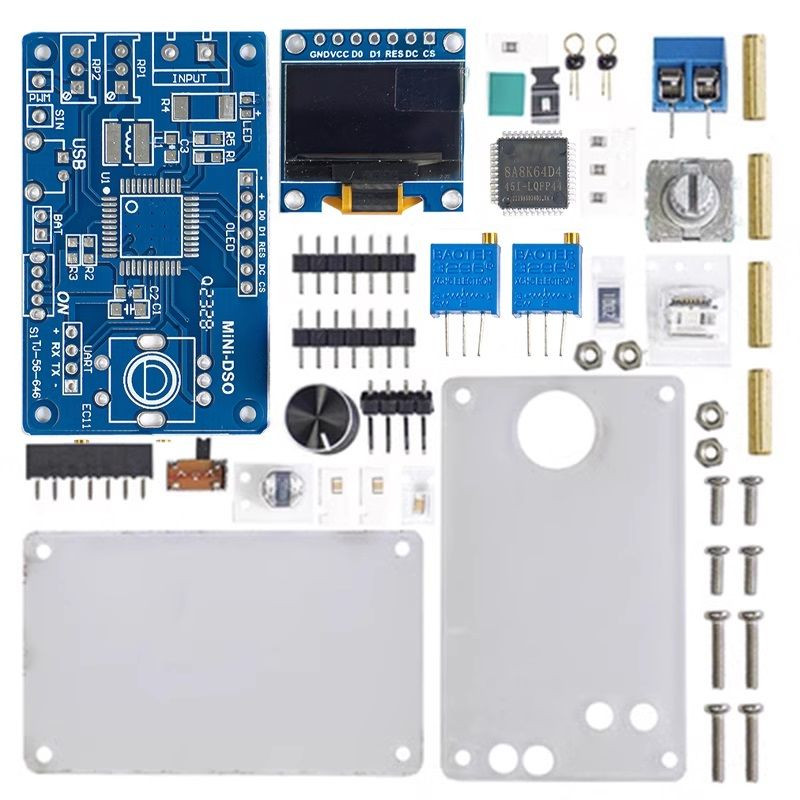


























































































.png)
